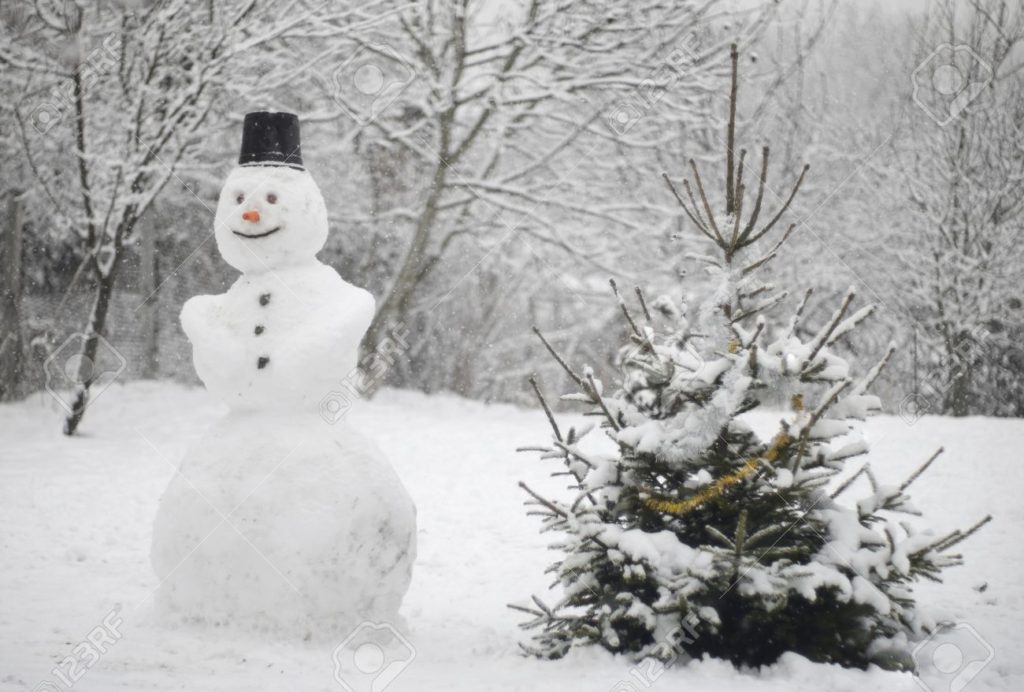If the weather outside is about to be frightful, take heart! See below for books, resources, projects, activities, and some great snow science just right for snowy days.
Table of Contents
SNOW STORIES
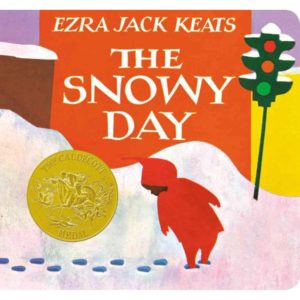
|
Ezra Jack Keats’s 1963 Caldecott-Medal-winning The Snowy Day (Viking Juvenile, 2011) is a beloved classic about a child’s delight in new snow: a little boy in a coat with a pointy hood makes the first tracks in fallen snow, knocks snow off the tree branches, and makes a snow angel. For ages 2-7. |
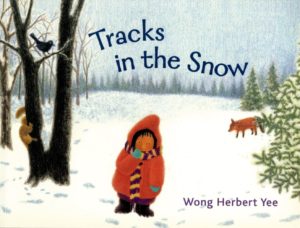
|
Wong Herbert Lee’s Tracks in the Snow (Square Fish, 2007) follows the adventures of a little girl as she follows a mysterious line of tracks in the snow (“Just outside my window/There are tracks in the snow/Who made the tracks? Where do they go?”) – finally realizing, as the tracks lead her right back home again, that she made them herself yesterday. For ages 2-7. |
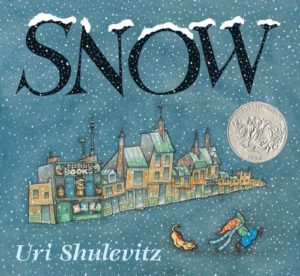
|
In Uri Shulevitz’s beautiful picture book Snow (Farrar, Straus, & Giroux, 2012), nobody believes it’s snowing – certainly not all the skeptical and grumpy grown-ups – but a little boy and his dog spot one flake, then two, and soon the entire city has been transformed into a wonderful snowscape. For ages 3-6. |
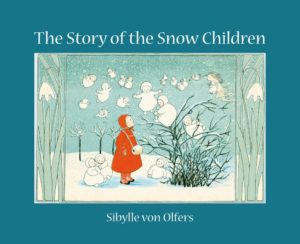
|
In Sybelle von Olfers’s The Story of the Snow Children (Floris Books, 2005), Poppy runs out in the snow to play with the dozens of little white-bonneted snow children, and ends up traveling – via sledge pulled by polar bears – to the Snow Queen’s crystal palace, just in time for the little Snow Princess’s birthday party. Lovely period illustrations feature snowdrop-bordered pages and Poppy in a red coat with muff and gaiters. For ages 3-7. |
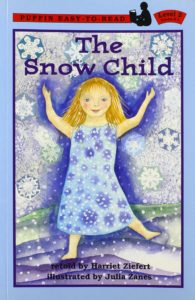
|
Harriet Ziefert’s The Snow Child (Puffin, 2000) is a retelling of a traditional Russian folktale about a childless couple who want a child so much that they fashion one out of snow. The little snow girl comes to life and all is happy until the spring comes and the snow child has to go away – but she returns once more in winter when the snow begins to fall. For ages 4-7. |
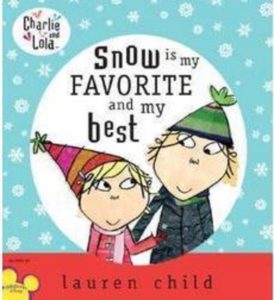
|
In Lauren Child’s Snow is My Favorite and My Best (Dial, 2006) – starring Charlie and his irrepressible little sister Lola – the first snow of winter has finally fallen and Lola is thrilled. She and her brother share a wonderful winter day of sledding and snowman-building – until the snow melts, leaving Lola devastated. Charlie, however, wisely saves the day, explaining that – while snow is special – there would be disadvantages to having snow every day. For ages 4-7. |
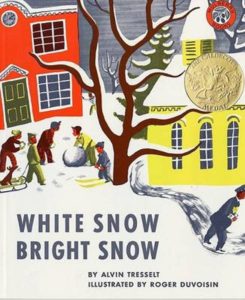
|
Alvin Tresselt’s White Snow, Bright Snow (HarperCollins, 1988) – originally published in 1947 – is a delightful account of snow on the way (the farmer claims it smells like snow; the policeman’s wife can tell it’s coming because her big toe hurts), the preparations made for it, and all that happens when it finally arrives. For ages 4-8. |
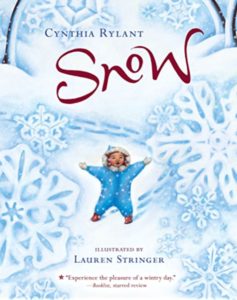
|
Cynthia Rylant’s Snow (Harcourt Children’s Books, 2008), with enchanting illustrations by Lauren Stringer, is a lyrical celebration of snow – some “comes softly in the night, like a shy friend afraid to knock” – complete with snow angels, sledding, lacy tree branches, and a night walk. For ages 4-8. |
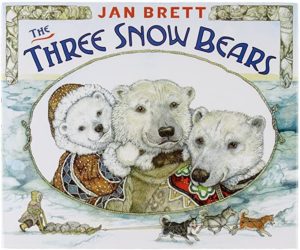
|
Jan Brett’s exquisitely illustrated The Three Snow Bears (Putnam Juvenile Books, 2007) is a Goldilocks tale set in the snowy far north, where Aloo-ki, a little Inuit girl, loses her sled and sled dogs (they float away on an ice floe) and, while searching for them, happens upon an empty igloo. Inside, she samples soup, tries on boots, and finally falls asleep in the littlest bed. Then the bears – who have in the meantime rescued her dogs – come home. For ages 4-8. |
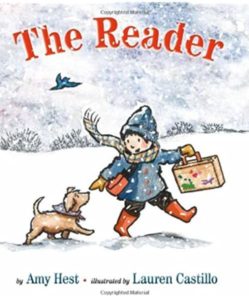
|
In Amy Hest’s The Reader (Amazon Children’s Publishing, 2012), a small boy and his dog head up a (very very tall) snowy hill, dragging a suitcase on a sled. Finally at their destination, they play in the snow; then the boy opens the case, and the pair share a winter picnic (toast) and the boy reads a book to his dog, titled Two Best Friends. For ages 4-8. |
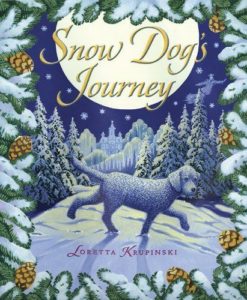
|
In Loretta Krupinkski’s The Snow Dog’s Journey (Dutton Juvenile, 2010), Anna and Olen make a dog out of snow. Then one day the dog is gone; he’s been taken by the Frost King to live in a palace made of icicles, where he’ll be safe from the sun and thaw. Snow Dog, however, is miserable without the children and he sets off to return home – and is finally rewarded, Velveteen-Rabbit-style, by becoming a real dog. For ages 5-8. |
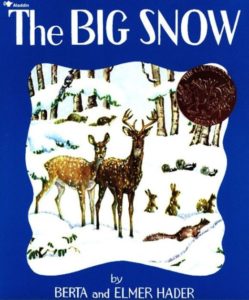
|
Berla Hader’s The Big Snow (Aladdin, 1993) won the Caldecott Medal in 1949. The woodland animals all prepare for winter – the geese head south, the ground hog goes to sleep – but still an unexpected big snow causes trouble for many. Luckily a kindly human couple are ready with help. For ages 5-9. |
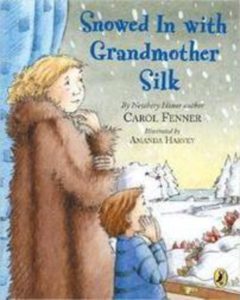
|
In Carol Fenner’s Snowed In with Grandmother Silk (Puffin, 2005), young Ruddy has to deal with a lot of snow. Sent to stay with his aloof grandmother while his parents go on a cruise, Ruddy is lonely and unhappy until a snowstorm strikes, cutting off the power, closing the roads, and leaving him and his grandmother to fend for themselves. They cope by fetching water from the lake, inventing makeshift meals, burning fires to keep warm, playing chess together in the long dark evenings – and all the while learning to appreciate, enjoy, and love each other. For ages 7-9. |
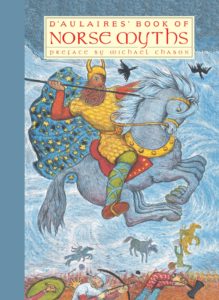
|
Ingri and Edgar Parin D’Aulaire’s marvelously illustrated D’Aulaires’ Book of Norse Myths (New York Review of Books, 2005) is an absorbing collection of largely snowy myths, including tales of the Frost Giants and the story of Skade, the Ski-Goddess. For ages 8-12. |
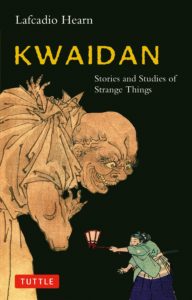
|
Lafcadio Hearn’s creepy Kwaidan: Stories and Studies of Strange Things (Tuttle Publishing, 2005) is a collection of traditional Japanese tales and legends, among them the story of Yuki-onna, the demonic snow maiden. For ages 13 and up. |
